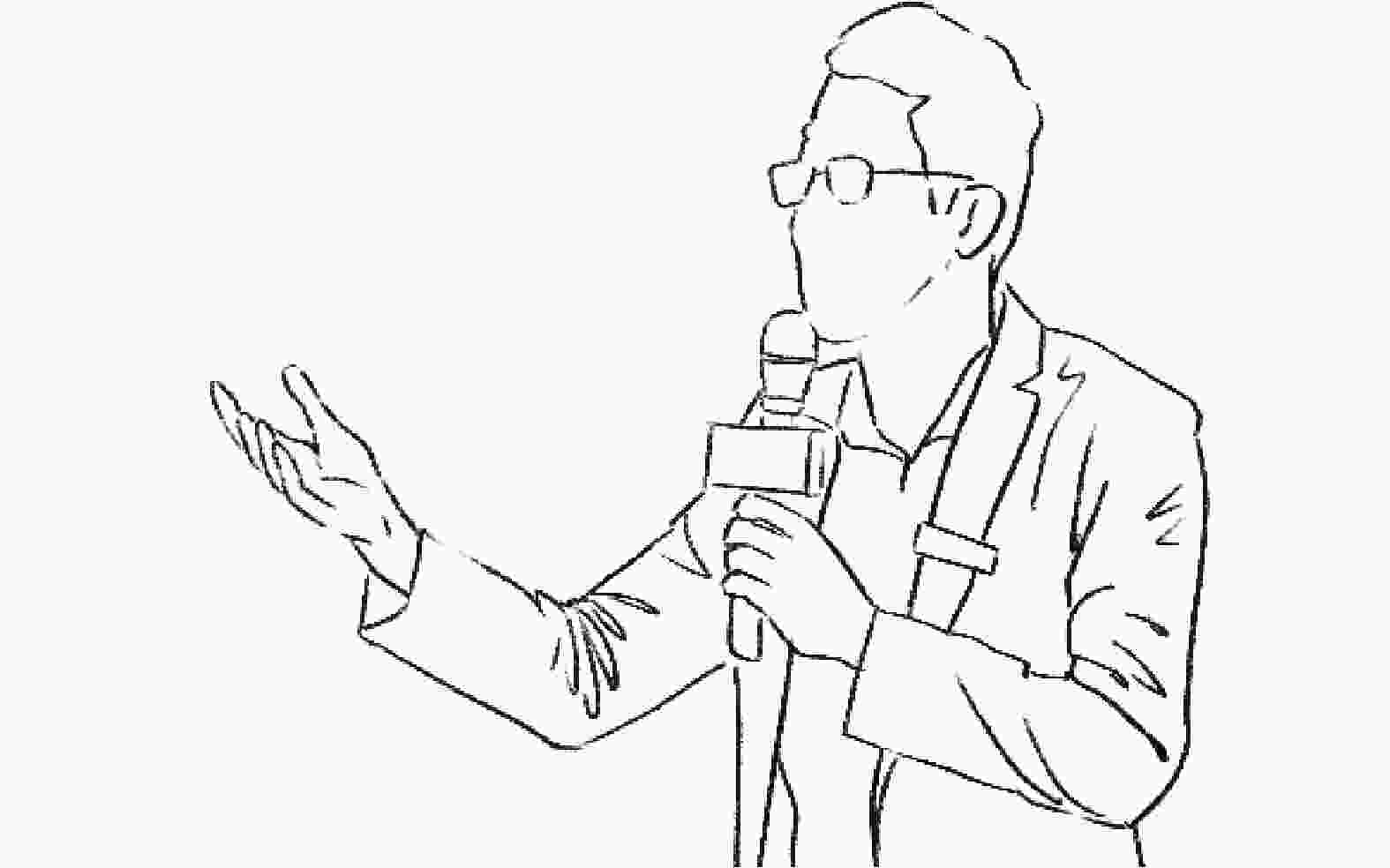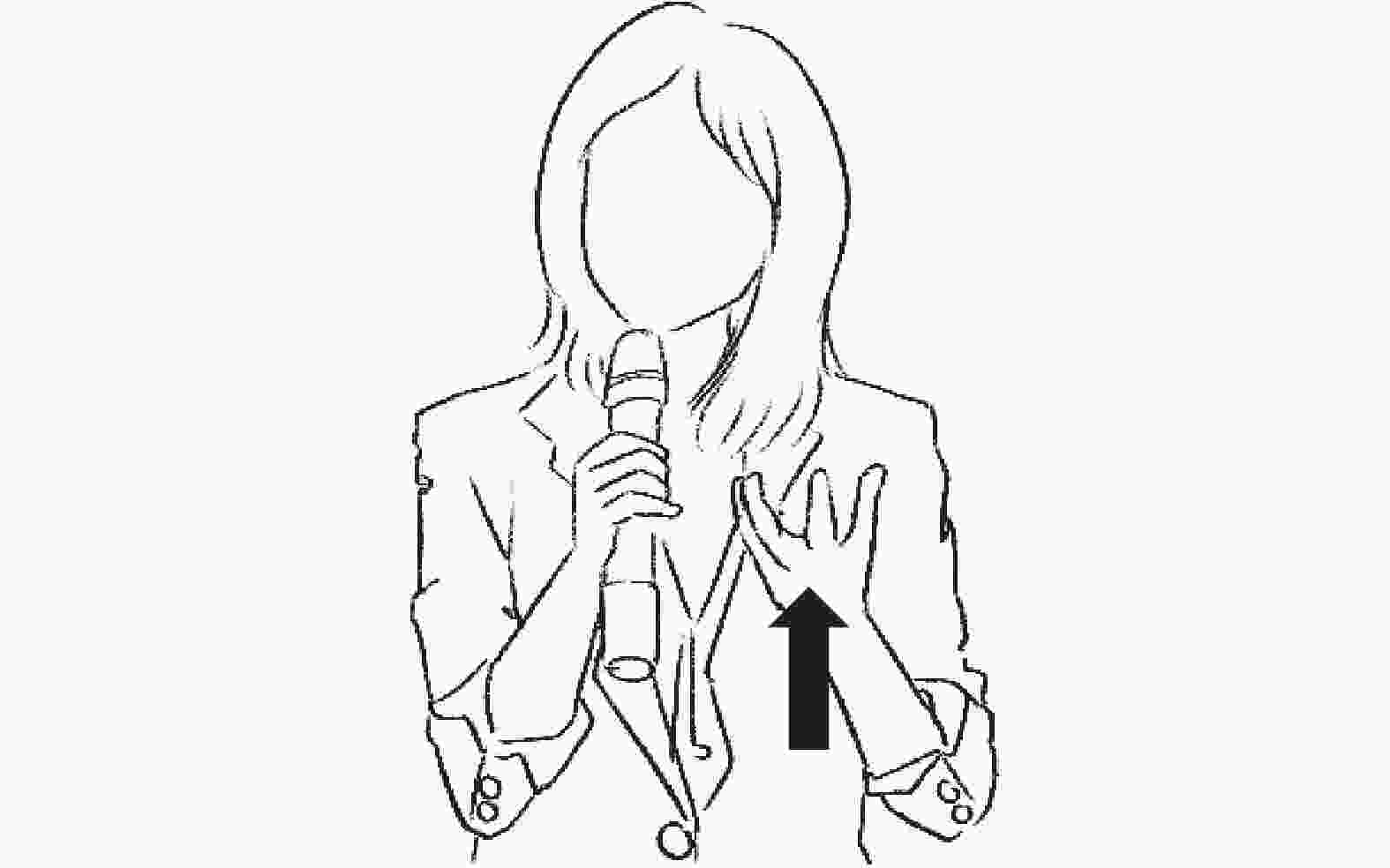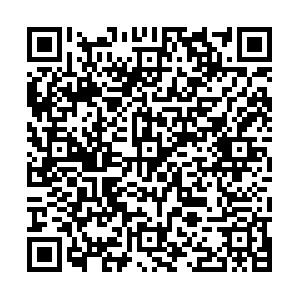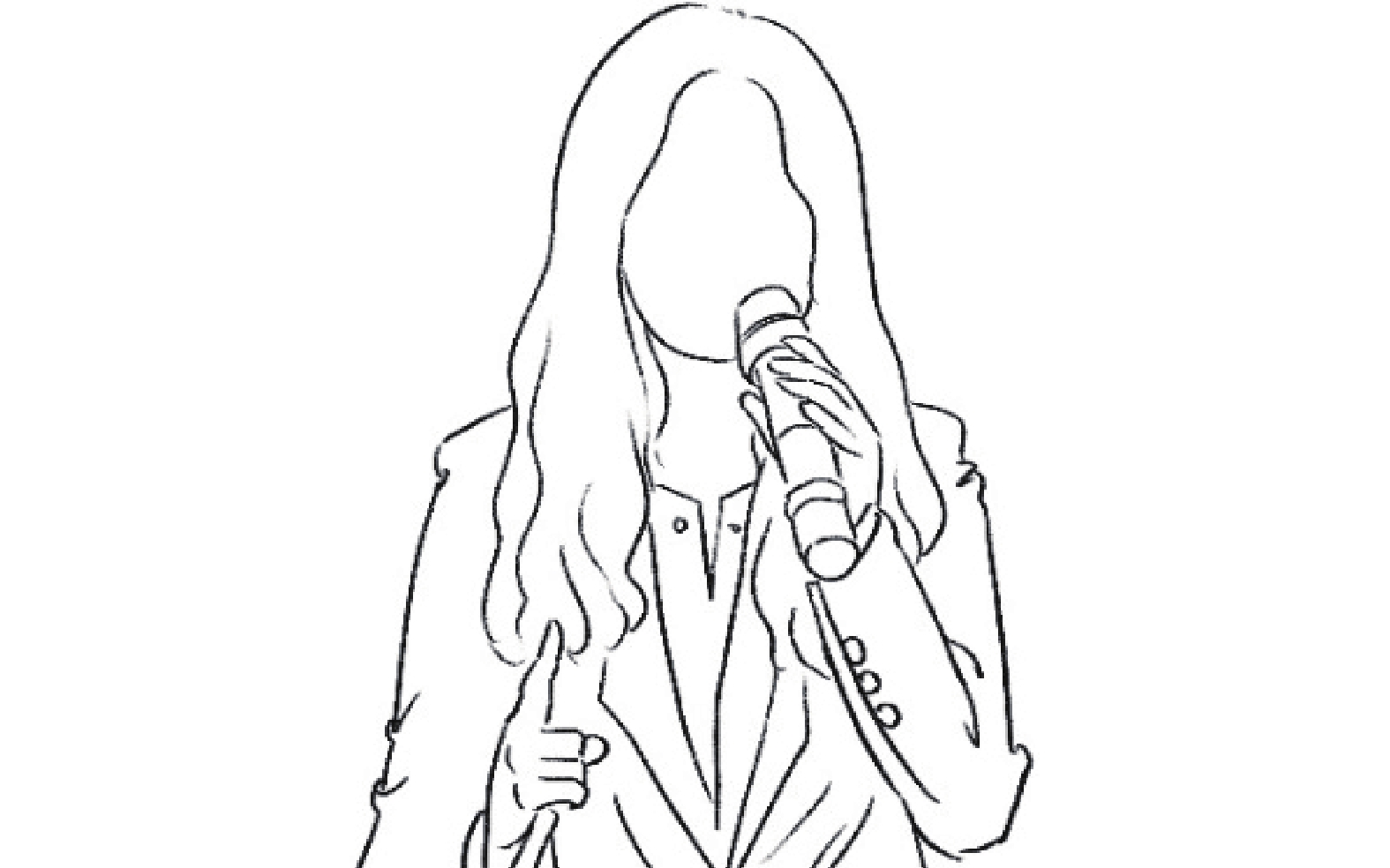Gestural Representation of Vertical Metaphor of Moral Concept in Chinese
-
摘要: 人们在表达道德隐喻时,不仅使用言语,而且运用手势。然而,从手势角度考察汉语道德隐喻问题的研究并不多见。本研究考察了汉语道德隐喻垂直空间维度的手势表征问题,发现手指指向上方、掌心朝上、空间位置在上方、运动方向朝上等手势更容易伴随道德词,而手指指向下方、掌心朝下、空间位置在下方、运动方向朝下等手势更容易伴随不道德词。可见,中国人倾向于将道德概念和不道德概念分别与空间中的上和下联系起来,这为道德垂直空间隐喻的心理现实性提供了新的非言语证据支持。此外,手势既可直观表征道德概念垂直空间隐喻的源域,又可补充表征言语中没有呈现的源域。这进一步表明,手势与言语都是隐喻认知的重要表征方式,且联系紧密,缺一不可,或源于同一认知系统。因此,道德隐喻研究应重视手势视角,拓宽概念隐喻理论的验证路径,并更完整地考察人们的道德隐喻认知思维。Abstract: While people use not only speech but also gesture to express moral metaphors, little attention has been paid to the study on moral metaphor and gesture. This study thus examines gestural representation of Chinese moral metaphor on a vertical dimension. It is found that gestures with upward pointing, palm-up orientation, upper space and upward movement are relatively more likely to accompany moral concepts, whereas gestures with downward pointing, palm-down orientation, lower space and downward movement are relatively more likely to accompany immoral concepts. These results indicate that Chinese speakers tend to map moral and immoral concepts onto “UP” and “DOWN” in space respectively, which therefore provides some evidence for the conceptual reality of the Chinese moral metaphor on a vertical dimension, namely “MORAL IS UP & IMMRORAL IS DOWN”. In addition, the present study finds that gesture can indicate the source domain of moral metaphor either present or absent in the speech, which thus suggest that both gesture and speech are important ways to represent the moral concept and that the two modalities may come under the same cognitive system. All these above indicate that studies on conceptual moral metaphor should broaden the scope of study by incorporating the gestural modality in order to investigate the metaphorical moral thinking more comprehensively.
-
Key words:
- Chinese /
- moral concept /
- vertical spatial metaphor /
- gesture
-

图 1 手指指向上的手势
3 
图 2 手指指向下的手势

图 3 掌心朝上的手势

图 4 掌心朝下的手势

图 5 空间在上的手势

图 6 空间在下的手势

图 7 自上而下的手势

图 8 自下而上的手势

图 9 语码映现的手势示例(言语:“低下”)

图 10 语码融合的手势示例(言语:“这是残忍的”)
表 1 手势在手指指向、掌心朝向、手势空间和运动方向四个维度的数量分布
手势参数 手势类型 数量/个 手指指向 向上 123 向下 49 其它 293 掌心朝向 朝上 97 朝下 53 其它 315 空间位置 上 263 下 202 运动方向 自下而上 16 自上而下 274 其他 175 表 2 伴随道德词和不道德词的手势指向分布情况
(不)道德表达 手指指向上的手势 手指指向下的手势 数量/个 比例/% 数量/个 比例/% 道德词 55 94.8 3 5.2 不道德词 68 59.6 46 40.4 表 3 伴随道德词和不道德词的掌心朝向分布情况
(不)道德表达 掌心朝上的手势 掌心朝下的手势 数量/个 比例/% 数量/个 比例/% 道德词 43 84.3 8 15.7 不道德词 54 54.5 45 45.5 表 4 伴随道德词和不道德词的手势空间位置分布情况
(不)道德表达 上部空间的手势 下部空间的手势 数量/个 比例/% 数量/个 比例/% 道德词 108 75.0 36 25.0 不道德词 155 48.3 166 51.7 表 5 伴随道德词和不道德词的手势运动方向分布情况
(不)道德表达 自下而上的手势 自上而下的手势 数量/个 比例/% 数量/个 比例/% 道德词 12 19.0 51 81.0 不道德词 4 1.8 223 98.2 -
[1] LAKOFF G & JOHNSON M. Metaphors We Live By [M]. Chicago: University of Chicago Press, 1980. [2] LAKOFF G & JOHNSON M. Philosophy in the Flesh: The Embodied Mind and Its Challenge to Western Thought [M]. New York: Basic Books, 1999. [3] YU N. Metaphorical character of moral cognition:a comparative and decompositional analysis [J]. Metaphor and Symbol, 2015, 30(3):163-183. doi: 10.1080/10926488.2015.1049500 [4] YU N. Spatial metaphors for morality:a perspective from Chinese [J]. Metaphor and Symbol, 2016, 31(4):195-211. doi: 10.1080/10926488.2016.1223470 [5] CIENKI A. Metaphoric gestures and some of their relations to verbal metaphoric expressions [C]// KOENIG J. Discourse and Cognition: Bridging the Gap. Stanford, CA: Center for the Study of Language and Information, 1998: 189-204. [6] FORCEVILLE C. Non-verbal and multimodal metaphor in a cognitive framework: agendas for research [C]// KRISTIANSEN D, ACHARD M, DIRVEN R, et al. Cognitive Linguistics: Current Applications and Future Perspectives. Berlin: De Gruyter Mouton, 2006: 379-402. [7] CIENKI A. Cognitive linguistics,gesture studies,and multimodal communication [J]. Cognitive Linguistics, 2016, 27(4):603-618. doi: 10.1515/cog-2016-0063 [8] CIENKI A. Analysing meaphor in gesture: a set of metaphor identification guidelines for gesture (MIG-G) [C]// SEMINO E & DEMJEN Z. The Routledge Handbook of Metaphor and Language. London: Routledge, 2017: 131-147. [9] CIENKI A & MÜLLER C. Metaphor and Gesture [M]. Amsterdam: John Benjamins, 2008. [10] CASASANTO D & JASMIN K. The hands of time:temporal gesture in English speakers [J]. Cognitive Linguistics, 2012, 23(4):643-674. doi: 10.1515/cog-2012-0020 [11] GU Y,MOL L,HOETJES M,et al. Conceptual and lexical effects on gestures:the case of vertical spatial metaphors for time in Chinese [J]. Language,Cognition and Neuroscience, 2017, 32(8):1048-1063. [12] LI H. Time on hands:deliberate and spontaneous temporal gestures by speakers of Mandarin [J]. Gesture, 2017, 16(3):396-415. doi: 10.1075/gest.00002.li [13] CASASANTO D & JASMIN K. Good and bad in the hands of politicians:spontaneous gestures during positive and negative speech [J]. PLOS ONE, 2010, 5(7):1-5. [14] DE LA VEGA I,DUDSCHIG C,DE FILIPPIS M,et al. Keep your hands crossed:the valence-by-left/right interaction is related to hand,not side,in an incongruent hand-response key assignment [J]. Acta Psychologica, 2013, 142(2):273-277. doi: 10.1016/j.actpsy.2012.12.011 [15] 李恒,江桂英. 汉语情感效价空间隐喻的手势表达[J]. 外国语,2018,41(2):86-93. doi: 10.3969/j.issn.1004-5139.2018.02.009 [16] WINTER B,PERLMAN M & MATLOCK T. Using space to talk and gesture about numbers:evidence from the TV News Archive [J]. Gesture, 2014, 13(3):377-408. [17] WOODIN G,WINTER B,PERLMAN M,et al. ‘Tiny numbers’ are actually tiny:evidence from gestures in the TV News Archive [J]. PLOS ONE, 2020, 15(11):1-21. [18] 吴素伟,童瑶. 认知语言学视野下的手势研究综述[J]. 解放军外国语学院学报,2022,45(1):79-88. doi: 10.3969/j.issn.1002-722X.2022.1.jfjwgyxyxb202201010 [19] 王锃,鲁忠义. 道德概念的垂直空间隐喻及其对认知的影响[J]. 心理学报,2013,45(4):538-545. [20] 贾宁,蒋高芳. 道德概念垂直空间隐喻的心理现实性及双向映射[J]. 心理发展与教育,2016,32(2):158-165. [21] 杨继平,郭秀梅. 具身视角下道德概念的隐喻研究[J]. 心理学探新,2016,36(5):387-391. [22] 鲁忠义. 道德的心理高度−道德概念垂直空间隐喻的具身认知研究[J]. 苏州大学学报(教育科学版),2021,9(4):57-63. [23] YU N,WANG T & HE Y. Spatial subsystem of moral metaphors:a cognitive semantic study [J]. Metaphor and Symbol, 2016, 31(2):108-125. doi: 10.1080/10926488.2016.1150763 [24] KENDON A. Gesture: Visible Action as Utterance [M]. Cambridge: Cambridge University Press, 2004. [25] MCNEILL D. Hand and mind: What Gesture Reveals about Thought [M]. Chicago: University of Chicago Press, 1992. [26] BRESSEM J & MÜLLER C. The family of away-gestures: negation, refusal, and negative assessment [C]// MÜLLER C, CIENKI A, FRICKE E, et al. Body – Language – Communication: An International Handbook on Multimodality in Human Interaction. Berlin: De Gruyter Mouton, 2014: 1592-1604. [27] BARSALOU LW. Perceptual symbol systems [J]. Behavioral and Brain Sciences, 1999, 22(4):577-660. doi: 10.1017/S0140525X99002149 [28] MCNEILL D & DUNCAN S. Growth points in thinking-for-speaking [C] // McNeill D. Language and Gesture. Cambridge: Cambridge University Press, 2000: 141-161. [29] CALBRIS G. From cutting an object to a clear cut analysis:gesture as the representation of a preconceptual schema linking concrete actions to abstract notions [J]. Gesture, 2003, 3(1):19-46. doi: 10.1075/gest.3.1.03cal [30] MCNEILL D. Gesture and Thought [M]. Chicago: University of Chicago Press, 2005. [31] 赵秀凤,戴馨洋. 政治漫画中的隐喻场景−批评多模态隐喻分析[J]. 北京科技大学学报(社会科学版),2016,32(5):8-13,60. doi: 10.3969/j.issn.1008-2689.2016.05.002 [32] 吴远征,冯德正. 多模态生态话语中的态度意义与价值建构−以环保公益广告为例[J]. 北京科技大学学报(社会科学版),2022,38(6):677-684. [33] 周今由. 多模态视角下学科知识建构的对比研究[J]. 北京科技大学学报(社会科学版),2022,38(6):685-694. -




 下载:
下载:


